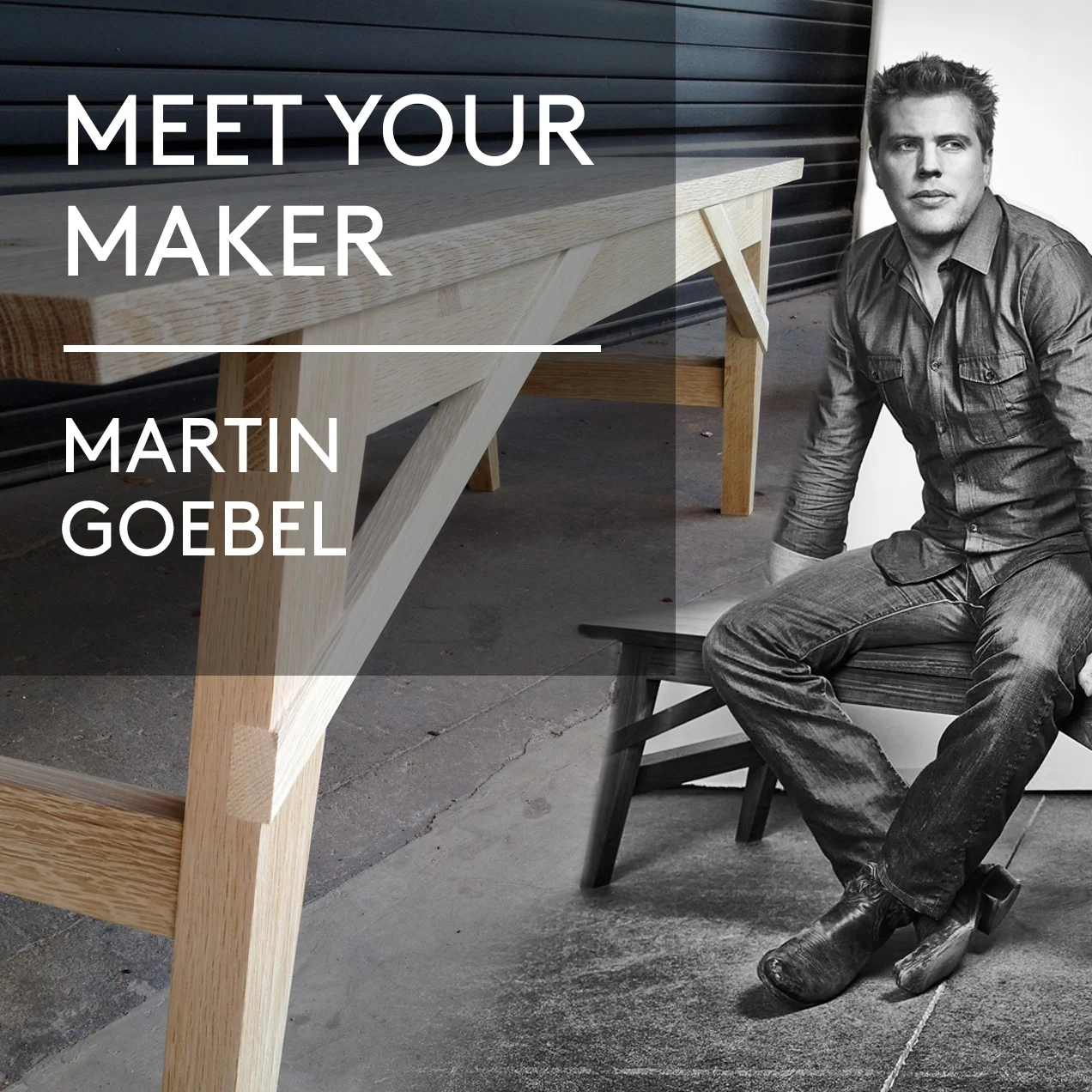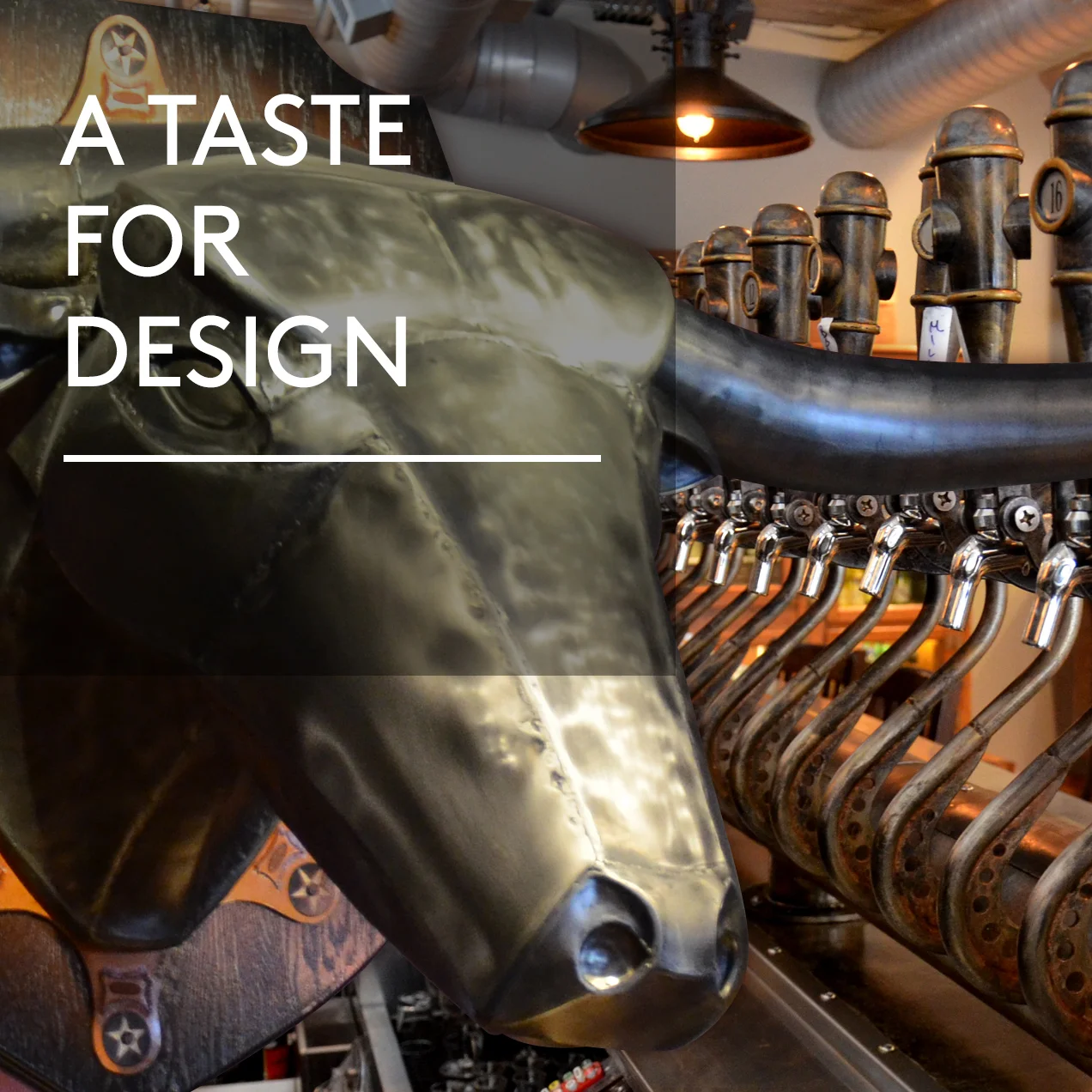Q&A with John Comazzi, Korab’s Friend and Author of Balthazar Korab: Architect of Photography
/He took photographs of beautiful buildings and stylish mid-century interiors. But when Balthazar Korab composed his images and clicked the shutter, he captured something deeper than style.
Korab’s photos expressed the essence of mid-century modernism. He showed the promise and potential of a less-cluttered, more thoughtful existence. He was a collaborator with legends – and became a legend himself.
The Skinny:
- Fun fact: Outside of photography, Korab loved gardening.
- John Comazzi, professor and author of Balthazar Korab: Architect of Photography
- jcomazzi@umn.edu
Korab escaped communist Budapest in 1949, trained as architect in France, made his way to the United States and soon found himself working along modern master Eero Saarinen. In Detroit, Korab created his own photography studio, documenting the creations of modernism’s top practitioners.
This master of architectural photography died in January. His legacy lives on, in part thanks to the work of biographer John Comazzi, an associate professor of architecture at the University of Minnesota.
Comazzi, who wrote “Balthazar Korab: Architect of Photography,” was not only an admirer of the photographer’s work, but a personal friend. Comazzi will speak about Korab’s life and work April 3 at the Michigan Museum of Art.
Modern Midwest asked Comazzi a few questions about his friend’s legacy.
How did you become interested in Korab's work?
Harry Weese, Northside Middle School--Photo by Balthazar Korab
During my graduate studies (at the University of Michigan), I was invited by the chair of the department to assist in setting up an exhibition of Korab's photography being assembled in the school's gallery. As a surprise to me, Balthazar came to the gallery to help hang the images for the exhibition. We began an informal conversation and he proceeded to tell me a story for each image that we were hanging in the gallery.
This was almost 16 years ago and we almost immediately formed a bond and fondness for one another. Following the exhibition, I proposed to conduct an interview with him to be published in the college of architecture and urban planning's publication, “Dimensions vol. 12.” It was during the interview process that I really began to understand the breadth of his archive, his intriguing life story, and the expanse of his networks and connections among mid-century modern designers and architects.
How did your interest lead you to write a book about his life and work?
For years after our first encounter, I remained in touch with Balthazar and his wife and business partner, Monica. It wasn't until the winter of 2005 that I approached the Korabs with the proposal to write a book that would highlight his life story and rather circuitous path to a career in architecture photography. The Korabs agreed to collaborate on the project and granted me unfettered access to the archive, files, and their studio and home for interviews (we conducted over 36 hours of interviews over a five-year period).
Tony Rosenthal, Cranbrook Ingathering Sculpture--Photo by Balthazar Korab
Eliel Saarinen, Cranbrook Academy Library--Photo by Balthazar Korab
How did Korab differentiate himself from other architectural photographers?
It is important to note that Korab considered himself to be “an architect who makes pictures” rather than “a photographer who is knowledgeable about architecture.” So his training in architecture played an important role in giving him certain skills for interpreting space and form into a two-dimensional form of representation. That said, his life experiences and training in the arts also contributed to his unique sensibilities and approaches.
Also, Korab taught himself how to use a camera (35mm) while on the move as a war refugee. Having lived many of his formative years amidst the military destruction in his home city of Budapest, Korab experienced firsthand the powerful yet fragile existence of architecture, and these experiences heightened his sensitivity to what he himself refers to as “the dynamic tensions between architecture, nature and the human condition.” I think the combination of his training in architecture and the arts, as well as his proto-documentary approach to photography, gives Korab's work a measured spontaneity that differentiates his images from among his peers.
What legacy does he leave for future architectural photographers?
I think to an extent it is the breadth of his archive. He didn't limit his approach or subject matter and operated as photographer, chronicler, social critic, and curator all at once. It is perhaps most appropriate, then, that his entire photographic archive was recently acquired by the Library of Congress Prints & Photographs Division, thereby securing for us all the legacy of his contributions to the disciplines of architecture and photography.
What will you always remember about Korab?
His kindness, generosity, and openness to others. I will most cherish the time we spent together (usually over wine) discussing his work, his life, and the experiences he made working with the greatest architects and designers of the 20th century. I feel so incredibly fortunate to have shared in his life and to have helped bring some well-deserved recognition at the end of his life and career.
Photos in top image by Balthazar Korab. Cover image of Balthazar Korab by Christian Korab.






























